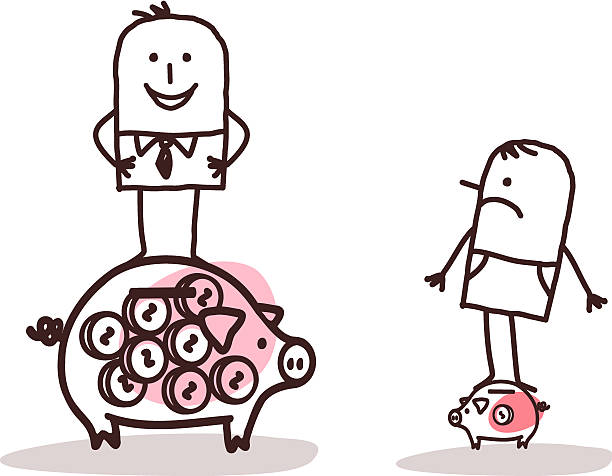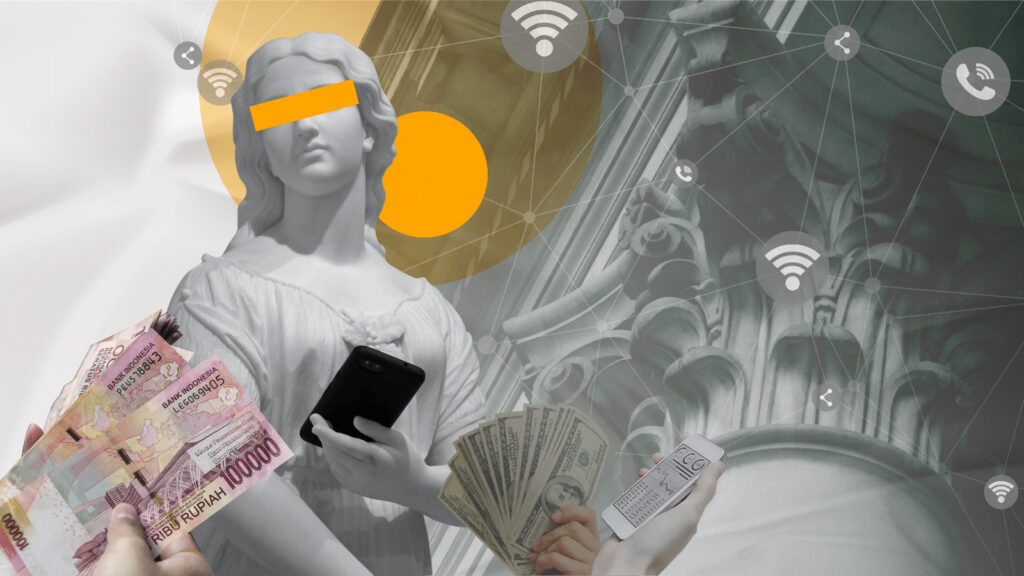Going cashless in the future ? Here’s how the idea of digitisation of money could widen the digital gap for homeless and disadvantaged groups.
(Jakarta/Indonesia) Several weeks ago, I had a busker stop by our house and sang a song for quite sometime as we frantically searched for loose change, before apologising for the lack of it and the man left empty-handed. It’s quite a shame that I have to come to thisconclusion at the ripe age of 21 and not a day sooner, but as manypeople still live off of physical money these days, what does theimplication of digital advancement entail?
One Digital Divide or Many Divides ?
In a 2020 collaborative research between We Are Social and Hootsuite, the numbers they gathered showed that although 7.95 billion people worldwide have mobile phone connections, only 4.54 billion of them are connected to the internet and an even lesser 3.8 are active social media users. Though quite a lot of homeless people are in fact quite resourceful in gaining digital access, often they find it difficult to use it as a means to increase their quality of life, with many—especially in rural regions—still left in the dark entirely.
Accurately called digital divide, it has been the subject of research for years as many try to bridge the gap. One notable example is the UN’s Economic and Social Commission for Asia and the Pacific regional commission noted that although broadening the supply of ICT opportunities may be a great step, it is not quite enough due to the fact that it is not enough to merely have access to it, but to understand it.
This is why even for the elderly living in a middle and up class type of lifestyle still holds a lack of understanding of digital literacy. Nations across Asia Pacific has an immensely fast rate of internet users growing each year, with—according to We Are Social’s report in 2019—more than 2.2 billion connected in 2019, yet many still struggle with its utilisation.

It should be noted at this point that the issue of digital divide does not stem from economic factors alone, but also societal status issues, democratisation and urbanisation. You can’t give a person a complicated machine, with contents that often use a language they don’t speak and expect them to understand its use from the get go. Another factor we should consider is that poverty robs people of time and opportunity. They cannot simply drop their jobs to immerse themselves and focus on learning the new tool, without risking losing food and livelihoods.
The Road to Digital Equity for All
As a note brought to light by the World Bank in 2016, they creation of regulations to create competitive markets as away to motivate, increasing the digital skills and literacy in the population is critical. Simultaneously, it is imperative to assign institutions to be held accountable for these issues.
Tech companies have also started their move towards digital literacy with one as an example being Facebook that planned on training at least 1 million individuals by 2020 through their
We Think Digital programme, available in 14 different languages including Indonesian and Japanese.
For everyday people who are not a part of the government, it mayseem quite daunting to be faced with these issues and thoughalone we may not be able to create even a dent in the system, thereare still things we can do for the people around us. We have an article on Advancing Social Justice in The Digital Economy: What A Person Can do? which highlights what we can do as ‘regular’ everyday people to help those in need.
As the digital divide grows in poverty, and poverty breeds itself in a seemingly never-ending vicious cycle, more creative ways to solve the issue have started to rise. A more interactive method can be seen in Malaysia for example, with Microsoft back in 2016, where juvenile prison inmates—more than 25,000 children and youths—were taught how to code in quite an entertaining way in 2015, where students taught “Minecraft” coding tutorials. Teaching these children and giving them useful information to prepare them for their future can possibly give them a second chance in life, slowing down or even stopping the poverty cycle entirely and help others with the knowledge they’ve received.
Digital Inclusion : Equal Access and Opportunities for All
We must once again remember that access to a thing will not automatically result in mastery of said thing and as digital penetration is more of a systemic issue that requires governmental support, you may be more inclined to bridge the digital divide in ways that are more possible to you.
This would include educating the people around you and help them out in whatever ways you can, such as:
– help the homeless by providing them with food, clothes and/or money or help them utilise their phones more efficiently;
– help the elderly understand the technology they frequently use from simply navigating a television to perusing the internet;
– help to educate lower-income children or volunteer at free on digital literacy;
– help to provide people without digital access with the necessary tools (that may or may not include the technology itself) depending on the resources you have and can provide.
– Even donating to necessary causes and signing various petitions can help



